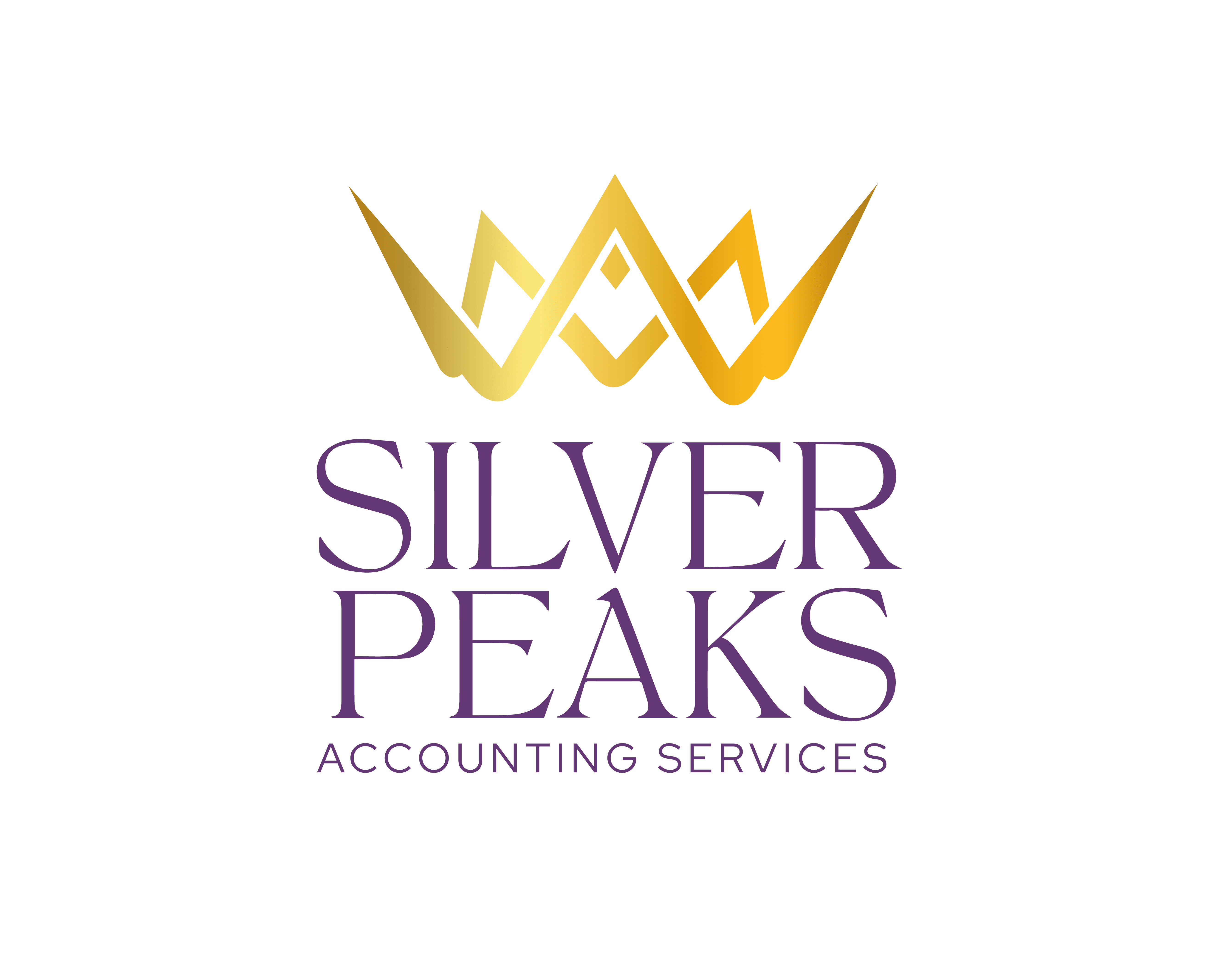Where did my profits go?
One of the most common questions I get is “Where did my profits go?” Typically, I’m asked when I’m going over financials with a client and they notice the profit on their Profit & Loss statement looks nothing like the balance in their bank account! Let’s talk about why that is.
When we talk about the difference between your profits on paper and the amount of cash you have in the bank, we need to look at one more financial statement besides just the P&L. We need to look at the Cash Flows Statement.
While the P&L measures the difference between income and expenses (AKA profit or loss) the Cash Flow Statement tracks how much cash changes hands either incoming or outgoing. Ultimately, it’s positive or negative cash flow that results in money in the bank. So, what makes these two statements different?
P&L vs Cash Flow
One of the biggest differences between the P&L and Cash Flow Statements is that quite a few people actually read their P&L! The Cash Flow Statement is one of the least appreciated financial statements but it’s so important for a healthy firm.
Because the CF statement shows only cash transactions, it’s going to look very different from the P&L. In fact, the CF statement is often created by starting with net income from the P&L and making adjustments for non-cash transactions.
By the way, “cash” transactions include checks, transfers, card payments – anything that’s not done on credit and put into your receivables. You may do work for a client and invoice them (resulting in profits) but it doesn’t hit the Cash Flow Statement until they actually pay the invoice.
So, what about those dollars showing up on the P&L and not in your bank?
There are several things that will show up on one statement and not another. For example, if you’re paying off debt, you’ll only see the interest portion on your P&L as an expense. The principle doesn’t show on the P&L but it is definitely using up some of your cash.
If you take owner’s distributions or draws from your firm, those won’t show up on the P&L either, but again, they’re coming out of the bank in the form of cash.
If you acquired your firm from someone else and you’re still making payments to the previous owner, those payments are going to impact the balance sheet, but not the P&L. and, you guessed it, they’re impacting your cash outlays as well.
Did you really make that much profit?
You can see how the number on the P&L isn’t always going to be reflected in cash sitting in the bank, but I know what you may be thinking – “It seems like I didn’t really make that much profit after all!”
Take another look at the three examples above. You can see that you really did make the profit that’s showing on your P&L but not all in the form of cold, hard cash. Some came in the form of increased equity in your firm or decreased debt. Some did come in the form of cash but it’s not in the business checking account because you already withdrew it in the form of distributions earlier in the year. The P&L gives you one side of the picture. To see the whole thing, you need to look at the Balance Sheet and CF Statement too.



